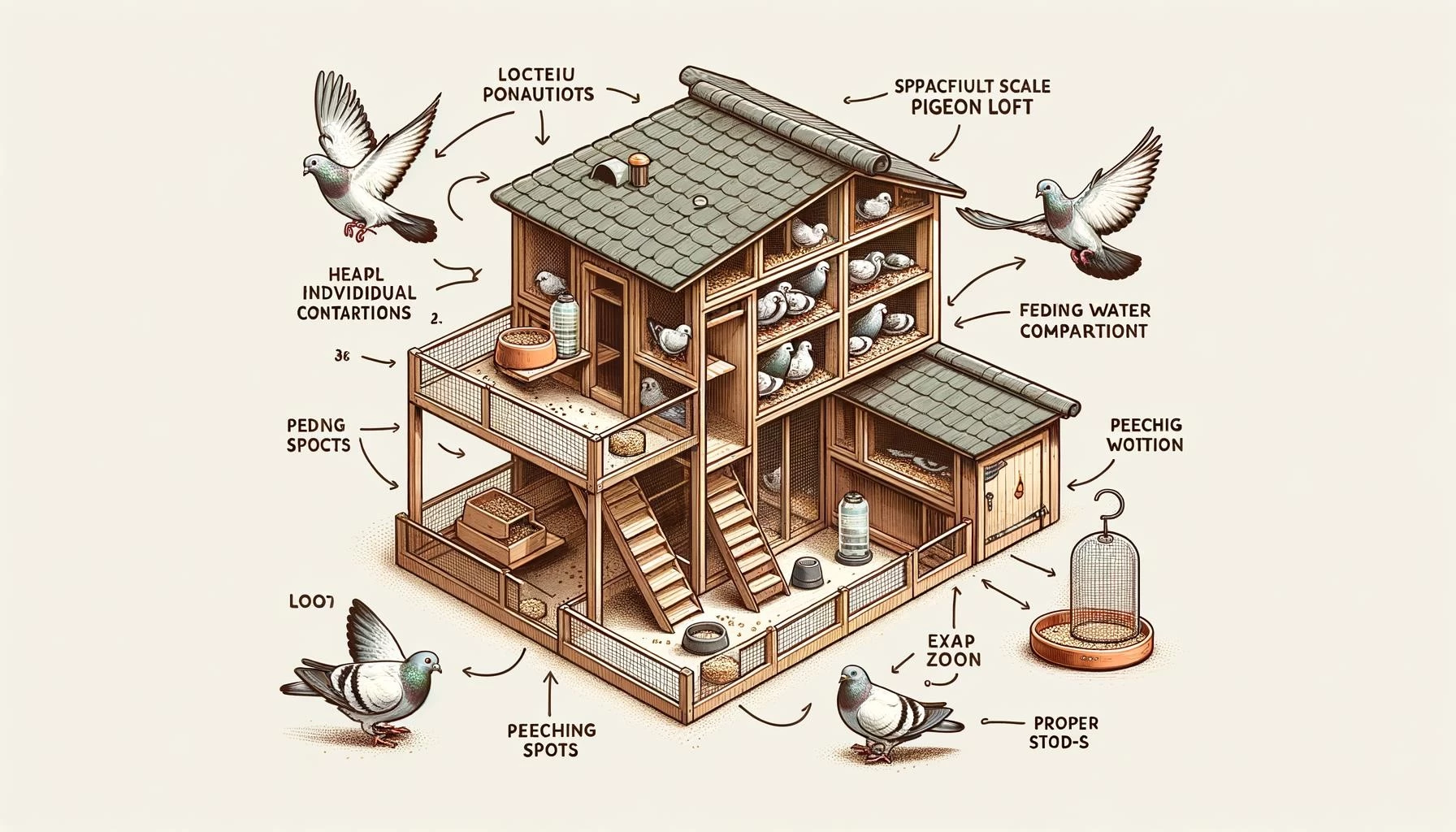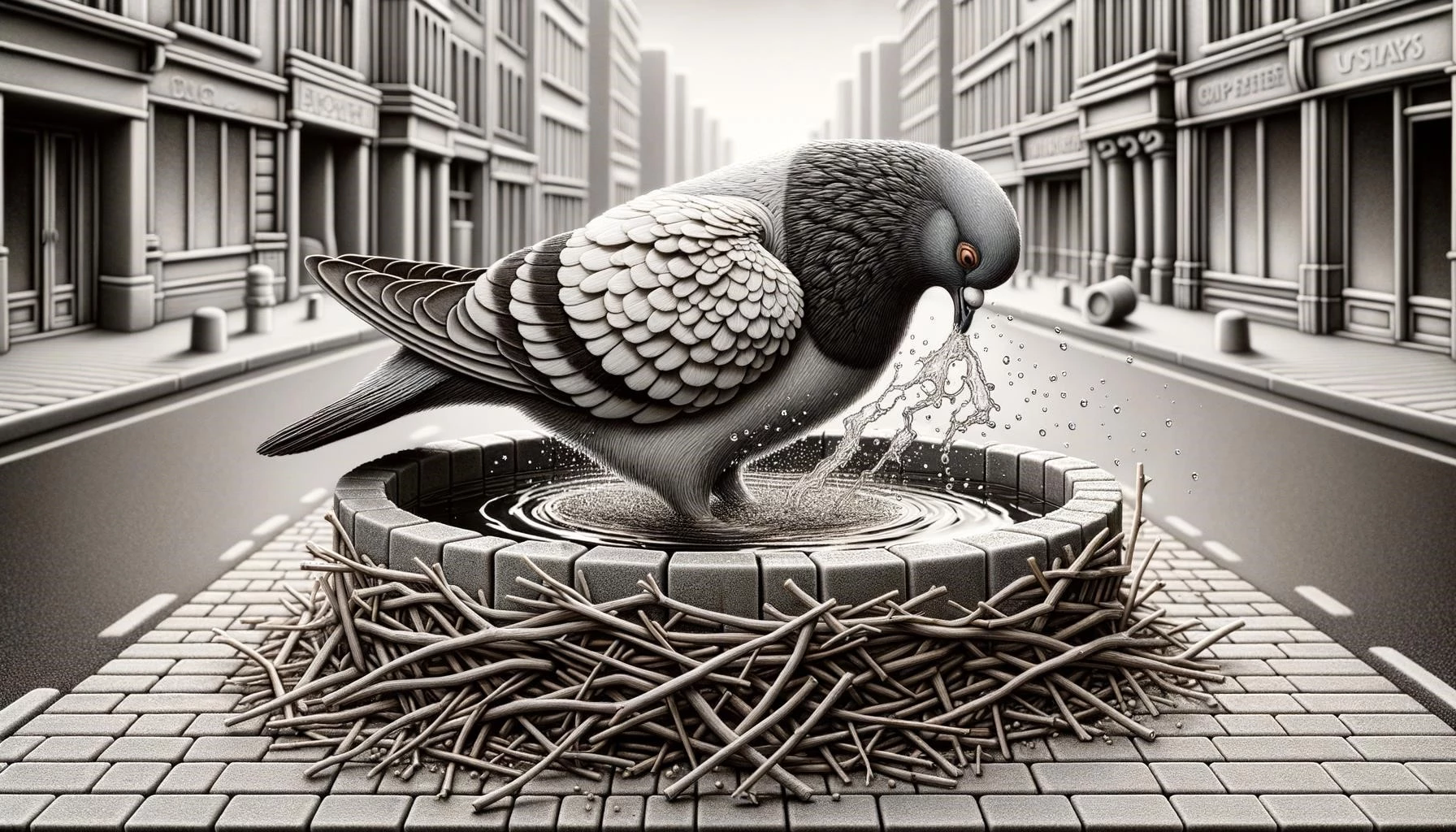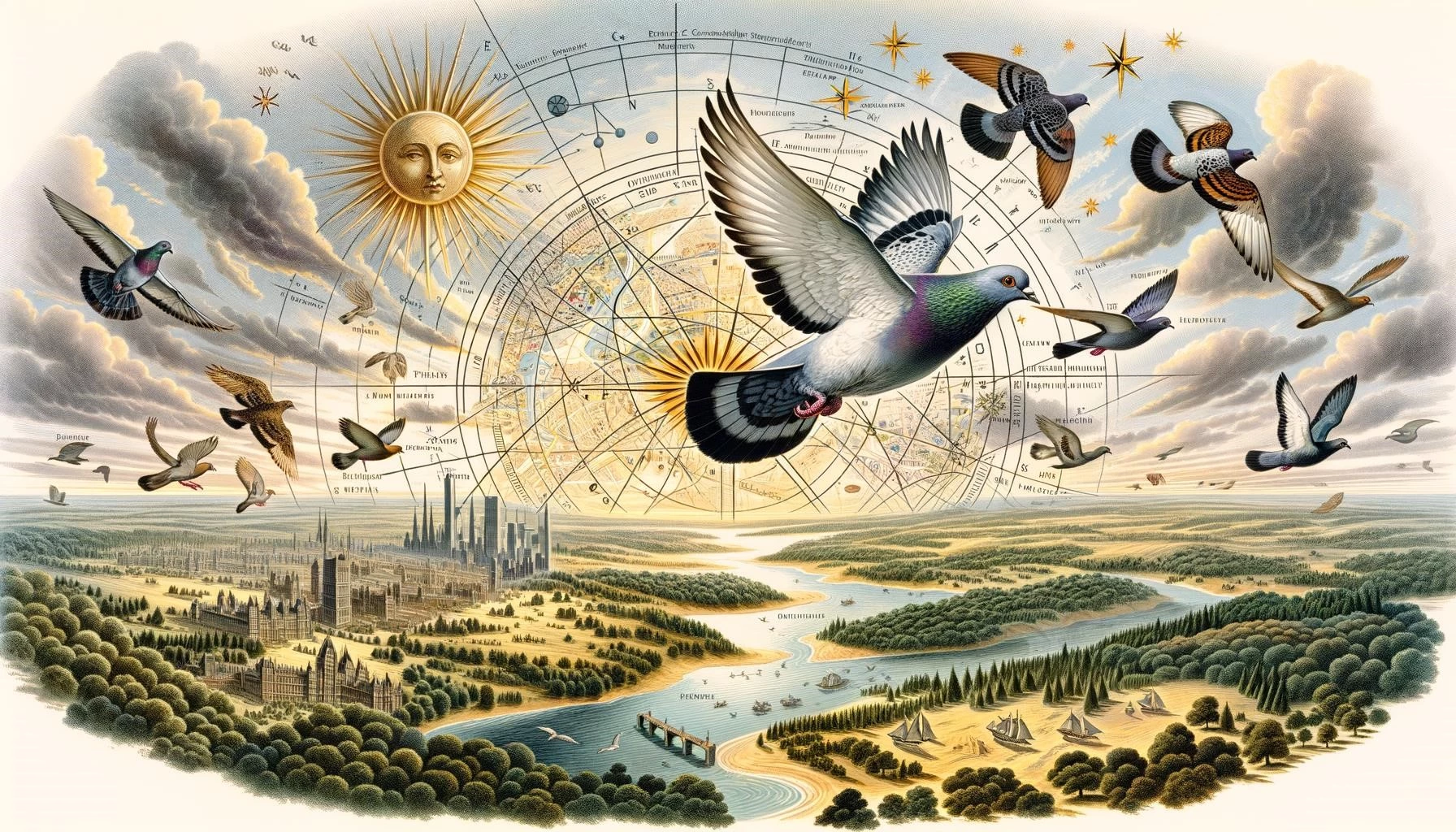Pigeons are a fascinating species that have captured the interest of scientists and bird enthusiasts for years. Studying pigeon behavior provides valuable insights into general bird behavior, social structures, and even human behavior. From their unique courtship displays to their remarkable navigational skills, pigeons exhibit a wide range of behaviors that are worth exploring. In this article, we will delve into the key aspects of studying pigeon behavior.
Key Takeaways
- Studying pigeon behavior can shed light on general bird behavior and social structures.
- Pigeons display unique courtship displays and have remarkable navigational skills.
- Pigeons are highly social creatures and rely on collective behavior for survival.
Pigeon Behavior and Social Structures
Pigeons are highly social creatures that often form large flocks consisting of thousands of individuals. They have a strong sense of community and rely on collective behavior for survival. When one pigeon spots a potential food source or danger, it quickly communicates this information to the rest of the flock through various visual and vocal signals.
Studying pigeon behavior can provide insights into the social structures within these flocks. Researchers have observed hierarchical structures in pigeon flocks, with dominant individuals exhibiting certain behaviors, such as being the first to access resources or leading the flock during flight. Understanding these social dynamics can help us better understand group behavior and social organization in other species, including humans.
Courtship Displays and Mating Behavior
Pigeons have unique courtship displays that are fascinating to observe. During courtship, the male pigeon will enlarge his chest, coo, and puff out his feathers to attract a female. The female pigeon, if interested, will coo in return and bow her head. Once the pair has mated, they will build a nest together, and both the male and female will take turns incubating the eggs. The female pigeon also feeds the young ones with a crop secretion called ″pigeon milk.″
Studying pigeon courtship displays and mating behavior can provide insights into reproductive strategies and the role of visual and auditory signals in mate selection. It can also shed light on the development and maintenance of long-term pair bonds. The unique reproductive behaviors of pigeons can offer valuable comparisons and contrasts to other bird species, as well as mammals.
Navigational Skills and Homing Behavior
One of the most remarkable aspects of pigeon behavior is their navigational skills. Pigeons have the ability to find their way back home from long distances, even when transported to unfamiliar locations. This incredible homing ability has captivated scientists for centuries.
Studying pigeon homing behavior can provide insights into avian navigation and orientation. Researchers have discovered that pigeons rely on a combination of different cues, including the Earth’s magnetic field, the position of the sun, landmarks, and even olfactory cues, to navigate their way back to their home loft. Understanding these mechanisms can have implications for fields such as animal navigation, robotics, and even human spatial cognition.
Conclusion
Studying pigeon behavior offers a window into the fascinating world of avian behavior, social structures, and navigation. Pigeons’ unique courtship displays, social dynamics within flocks, and remarkable navigational skills provide valuable insights that can be applied to various fields of study. By understanding pigeon behavior, we can gain a deeper appreciation for the complexity and diversity of animal behavior in general.









